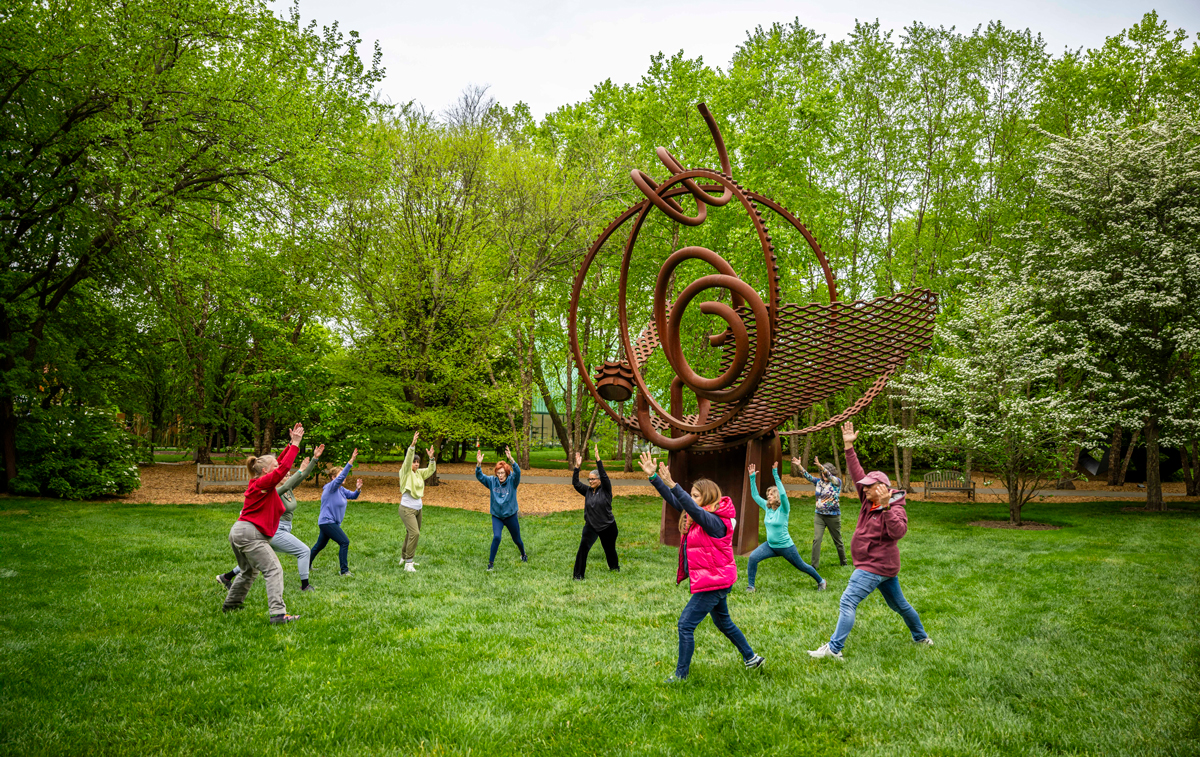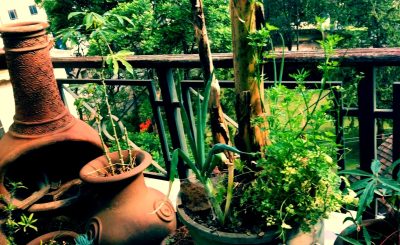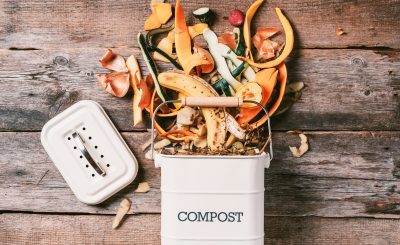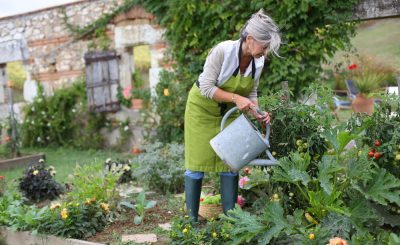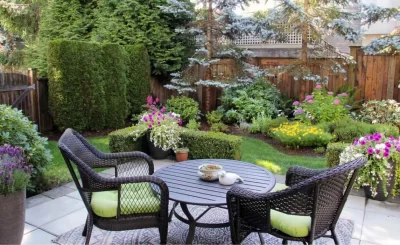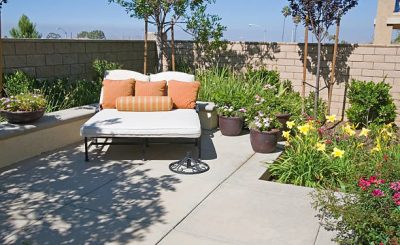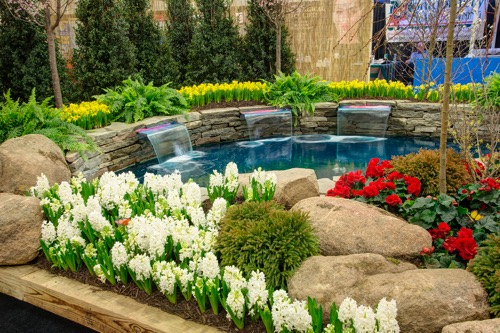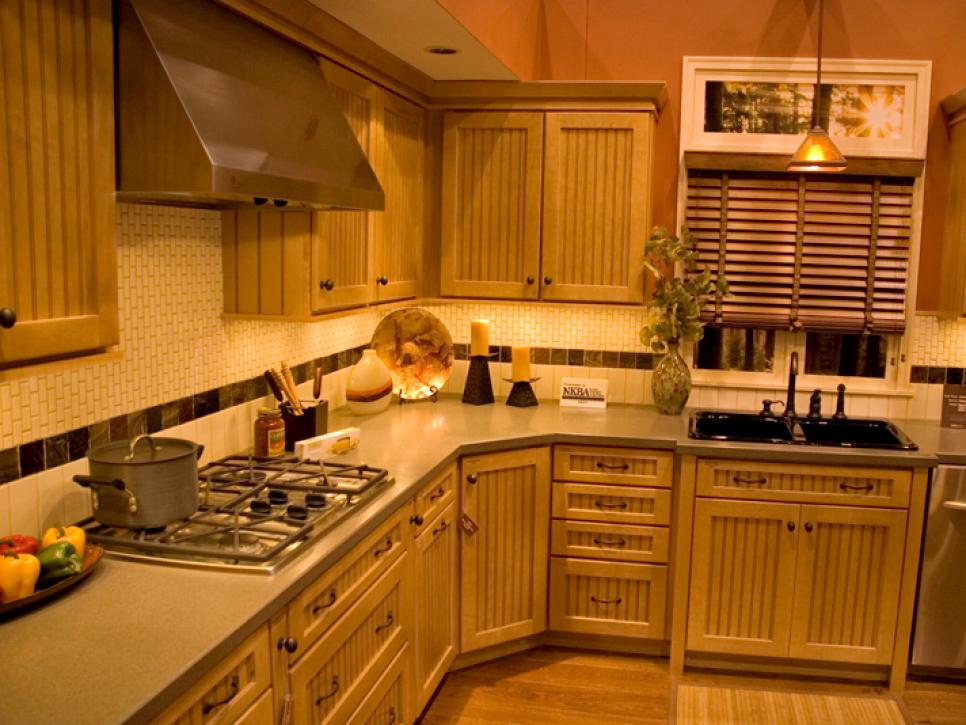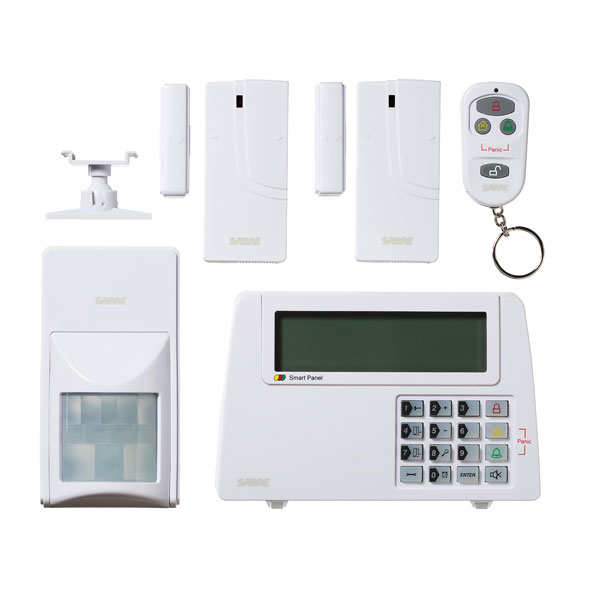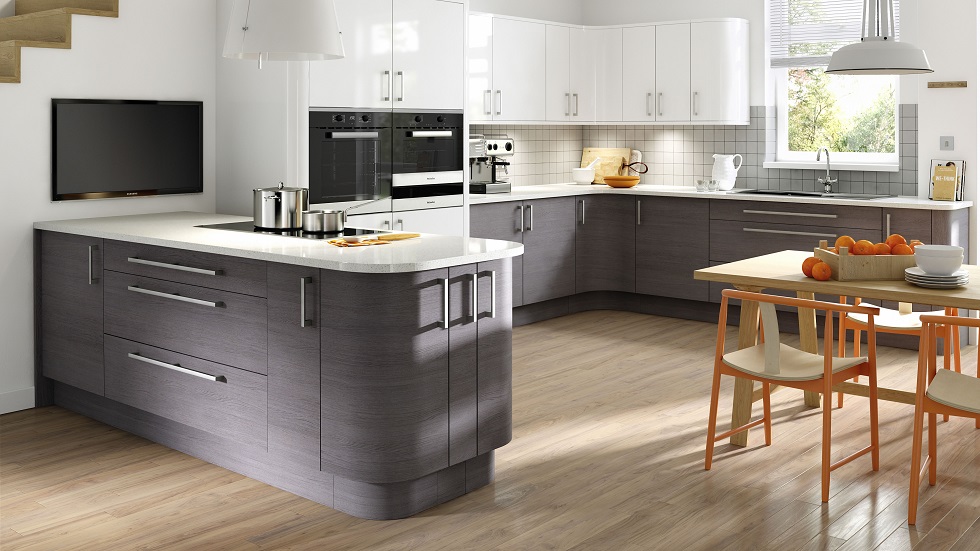Let’s be honest—2025 isn’t slowing down. Between buzzing notifications, hybrid work chaos, and the general weight of modern life, our brains are begging for a break. And here’s the deal: dirt might just be the antidote. Gardening isn’t just about growing tomatoes anymore; it’s become a lifeline for mental well-being. No hype, just science—and maybe a little magic.
Why Gardening Works Like Therapy (But Cheaper)
You know that feeling when you step outside after being cooped up all day? Instant relief. Well, gardening cranks that up to eleven. Researchers call it “horticultural therapy”, but honestly? It’s just letting nature do its thing on your nervous system. Here’s why it’s blowing up in 2025:
- Stress melts away: Digging, pruning, even weeding—repetitive motions trigger a meditative state. Cortisol levels drop faster than your phone battery.
- Dopamine on tap: Planting a seed and watching it grow? That’s your brain rewarding you with happy chemicals. Tiny wins, big joy.
- You unplug without trying—no “digital detox” willpower needed. Soil doesn’t care about your inbox.
The 2025 Twist: Smarter Gardens for Wired Minds
This isn’t your grandma’s garden (though hers was genius). Urban living and tech overload have reshaped how we interact with nature. Trends you’ll see this year:
1. “Micro-Gardening” for Apartment Dwellers
No yard? No problem. Vertical plant walls, countertop herb kits, and even “smart pots” with self-watering tech make it stupidly easy to grow something—anything—in small spaces. A basil plant on your windowsill counts.
2. Biofeedback Gardening
Wearables aren’t just for steps anymore. New apps sync with your smartwatch to suggest gardening tasks based on your stress levels. Heart rate spiking? The app might nudge you to deadhead flowers for 10 minutes. Creepy or cool? You decide.
3. The Rise of “Slow Gardening”
Forget instant gratification. People are embracing perennial plants and heirloom seeds—things that take time. It’s the anti-TikTok mindset: delayed reward, deeper satisfaction.
Your Brain on Dirt: The Science Bit
Okay, let’s geek out for a second. That “good vibes” feeling isn’t just in your head—well, it is, but it’s also in your soil. Mycobacterium vaccae, a harmless bacteria in dirt, acts like a natural antidepressant by boosting serotonin. We’re literally wired to feel better when we get our hands dirty.
| Activity | Mental Health Benefit | Time Needed |
| Planting seeds | Fosters hope, future-oriented thinking | 5 mins |
| Deadheading flowers | Reduces anxiety (repetitive = calming) | 10 mins |
| Composting | Teaches acceptance of imperfection | Ongoing |
How to Start (Without Overwhelming Yourself)
Look, if you’ve killed a cactus before, we’ve all been there. Here’s the no-guilt guide:
- Start with one bulletproof plant: Snake plants or pothos laugh at neglect.
- Steal 5 minutes: Morning coffee + check on your plant. No “gardening time” needed.
- Go tactile: Repot something. Feeling soil = instant grounding.
The Bigger Picture: Gardens as Community Therapy
2025’s loneliness epidemic has people craving connection. Community gardens are popping up like dandelions—shared plots where strangers become neighbors over zucchini and sunflowers. Less isolation, more “Hey, want some extra kale?”
And sure, maybe you’re thinking, “I’m not a gardener.” But here’s the thing: you don’t have to be. It’s not about perfection. It’s about showing up, getting your hands dirty, and letting nature do the rest.
So—what’s stopping you? A windowsill, a $5 plant, and five minutes. That’s all it takes to grow something… including your own peace of mind.


